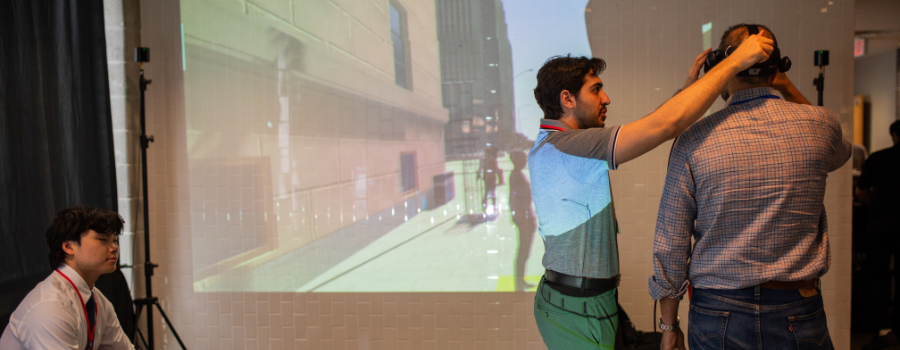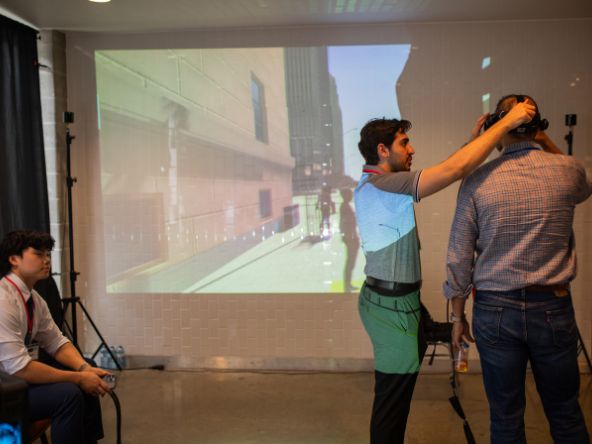Digital Twin for What-if? Analysis

Sub-Theme: Cyber-Physical Service Infrastructure
This sub-theme explores how cyber-physical infrastructure influences migrant accessibility, opportunity, and integration outcomes. It examines the interplay between physical and social infrastructures, their impact on migrant support, and the role of infrastructure in shaping migration patterns.
Objective
This project seeks to develope an extensive digital twin that can be used for detailed what-if? analysis by decision-makers, planners, researchers, and othe stakeholders across Canada. This project envisions an integrated approach toward modelling and simulation of urban infrastructure systems that is multi-regional in nature and include the major medium and large cities in Canada.
Research Questions
- What tools can give municipal stakeholders detailed quantitative and reliable evidence in terms of policy/program efficacy before they are implemented?
- How can a digital twin used for what-if analysis be multi-regional and include major medium and large Canadian cities?
Methodology
This project will use multi-agent microsimulation and system dynamics approaches for the development of digital twin and visualization tools such as virtual reality, geographic information systems, and dashboard widgets.
Status
This project is not active yet. It will build on the modelling work developed in project 'Modelling migrants' cyber-physical infrastructure usage behaviour'.
Expected start date: 2026
Outcomes
Past events and presentations:
- “Investigating immigrant preferences for urban services and accessibility using immersive virtual reality”, presented by T. Zhao, TMU Bridging Divides Retreat Fall 2024, Toronto, Canada, October 10, 2024
Keywords
Digital twin; policy efficacy; prediction model; what-if





